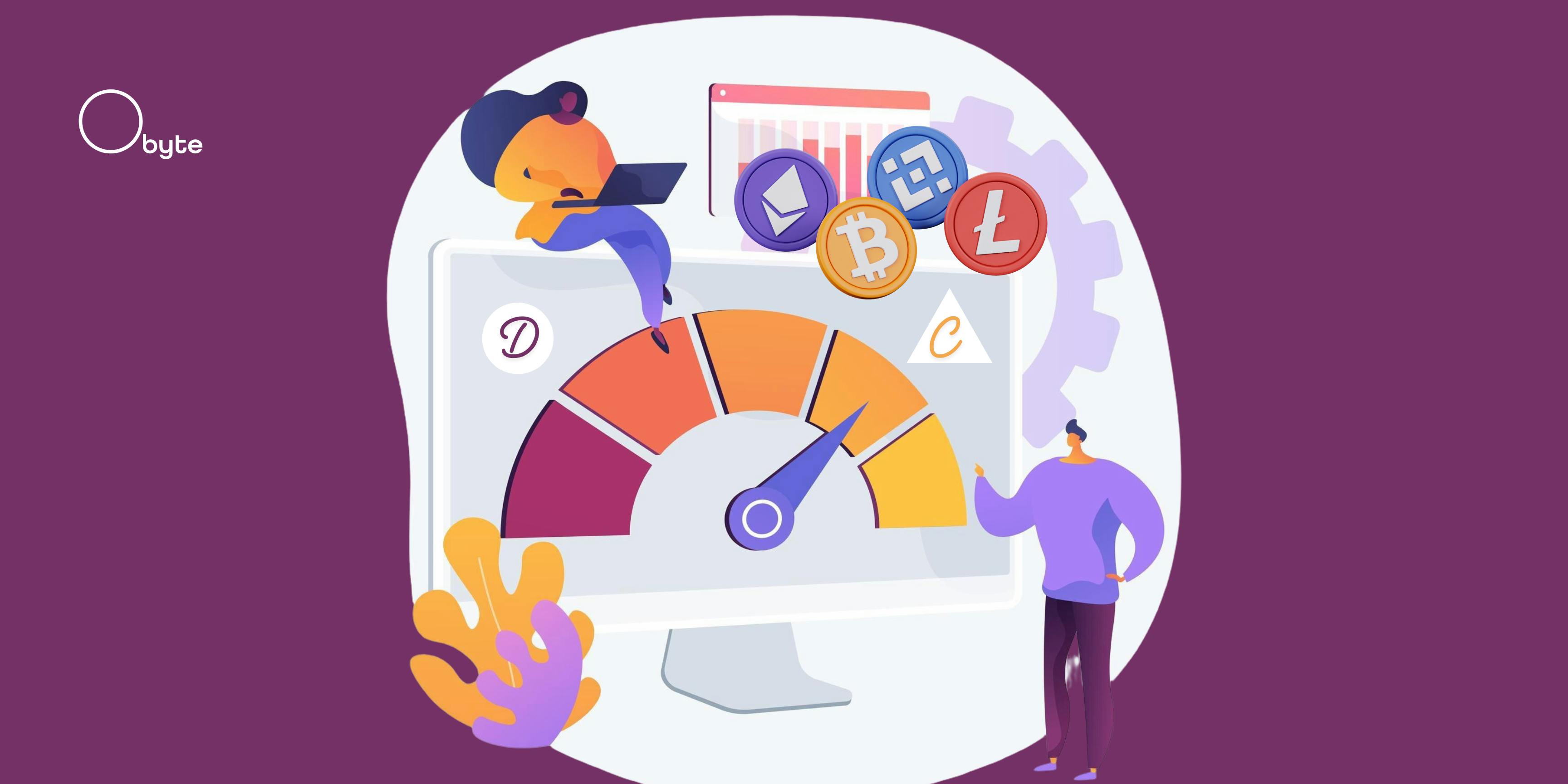Back in May was the surprise but welcoming decision out of AMD that they would begin officially supporting the Mesa Vulkan driver (RADV) and that their proprietary OpenGL and Vulkan drivers would no longer be included in their Radeon Software for Linux releases. This indeed appears to have effectively spelled the end to their AMDVLK driver with Mesa’s RADV taking the cake.
Last month’s Radeon Software for Linux 25.10.2.1 further reinforced that the Radeon driver’s future is with Mesa Vulkan and OpenGL drivers. In addition, for multimedia support the Mesa VA-API code is recommended with AMD’s Advanced Media Framework (AMF) also to be no longer included.
The Radeon Software for Linux announcements haven’t specifically called out the end-of-life/deprecation of the AMDVLK driver but in practice this seems to indeed be the result. More than four months have now passed since the last AMDVLK driver release and the public GitHub activity has also dried up.
The last AMDVLK release was 2025.Q2.1 back on 30 April. That’s quite a long time for a driver that previously used to see updates on a weekly to monthly basis and at least once a quarter in worst case scenarios. Given the PAL. XGL, and LLPC code under AMDVLK also haven’t been touched since April~May, it looks safe to say now that AMD is placing all their cards with RADV for Linux use.
Especially among Linux gamers and enthusiasts, RADV has long been the preferred open-source Vulkan driver choice. AMDVLK did hold an advantage when it came to Vulkan ray-tracing but thanks to ongoing efforts by Valve and other parties, RADV ray-tracing is in much better shape in recent times than during the earlier days. With being based on Mesa, RADV has also been what Linux distributions have shipped compared to RADV that users needed to install manually or acquire as part of the Radeon Software for Linux packages. All in, the RADV driver is extremely competitive these days and nice no longer seeing this AMD Vulkan driver fragmentation.









